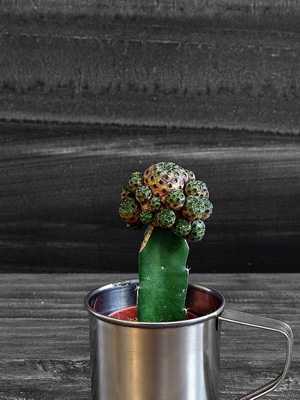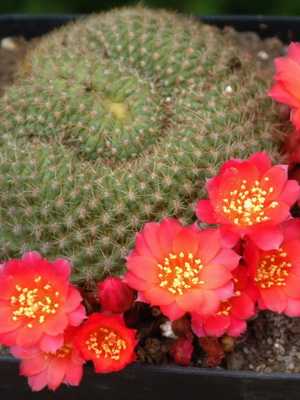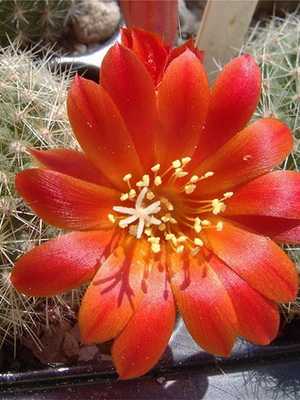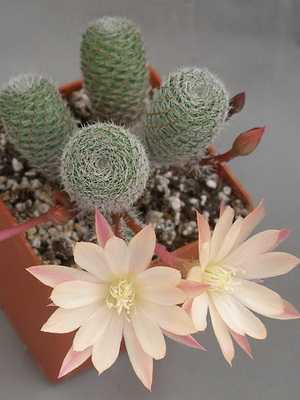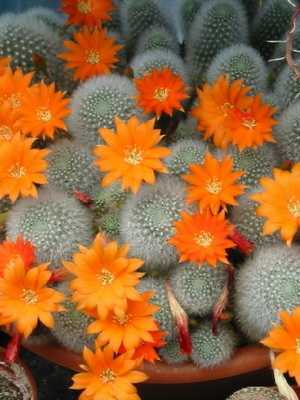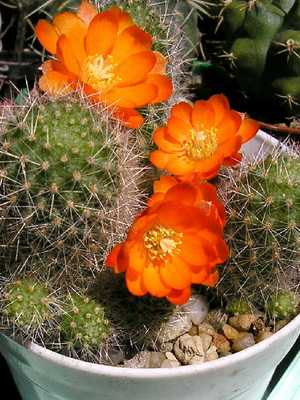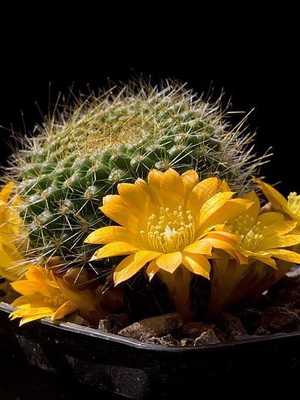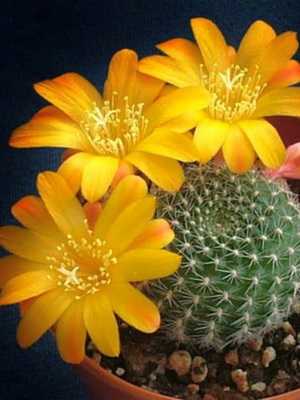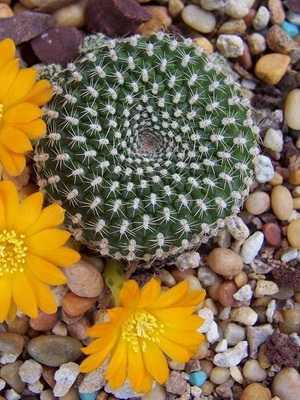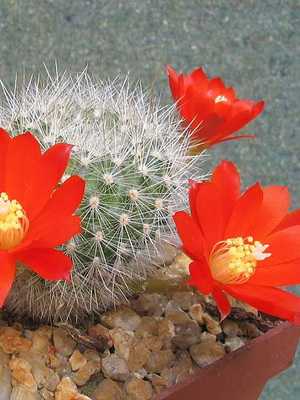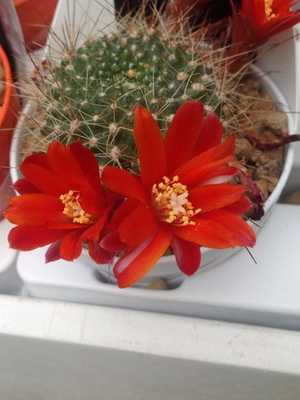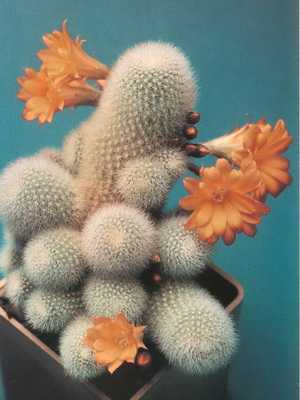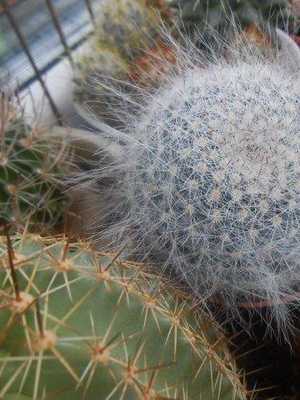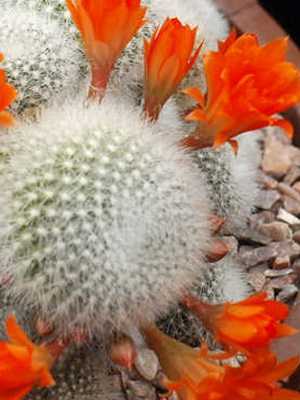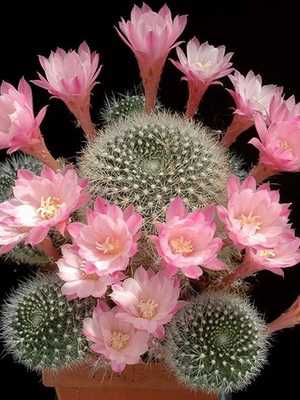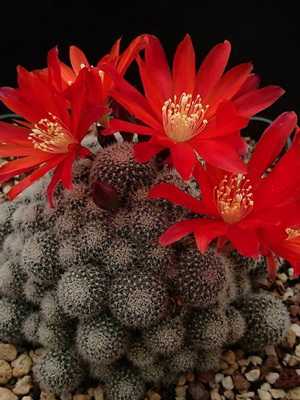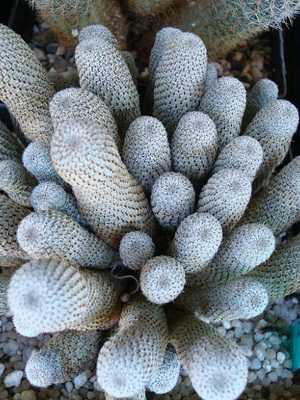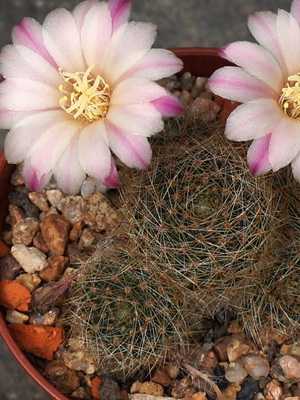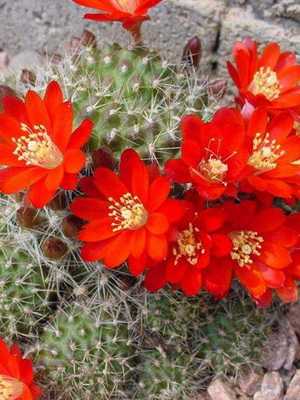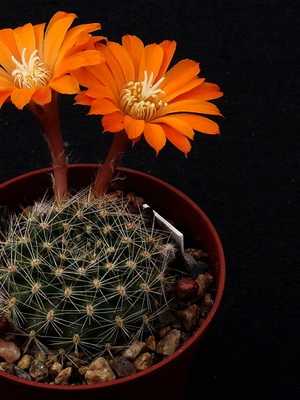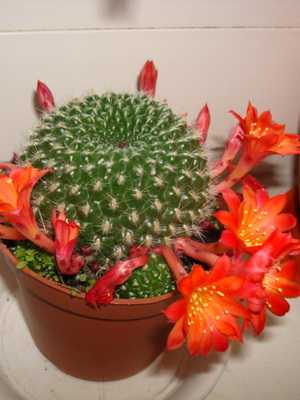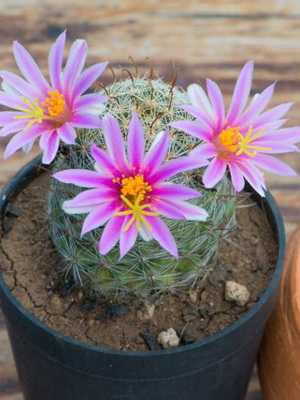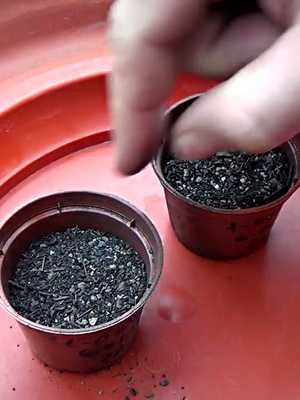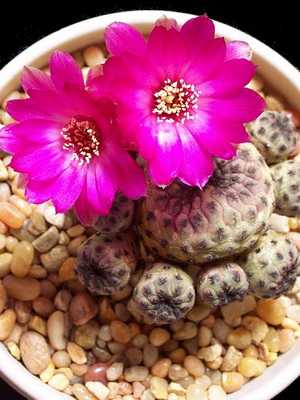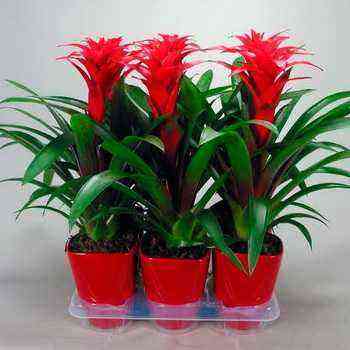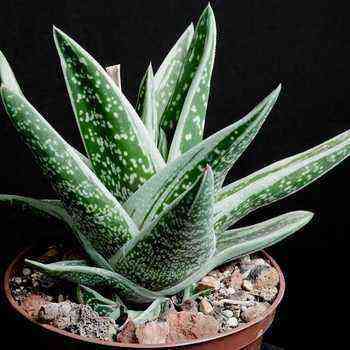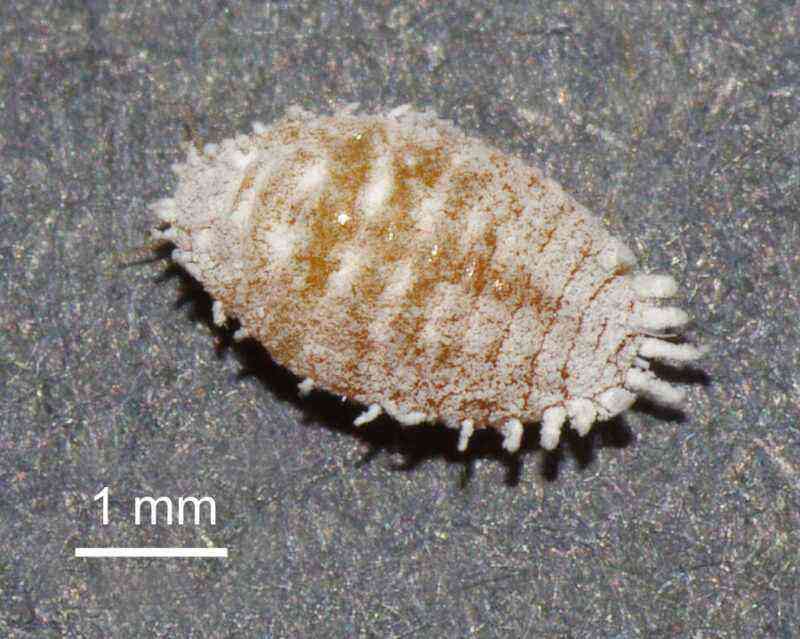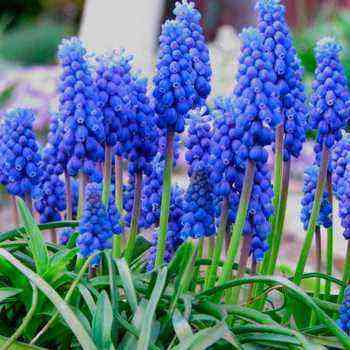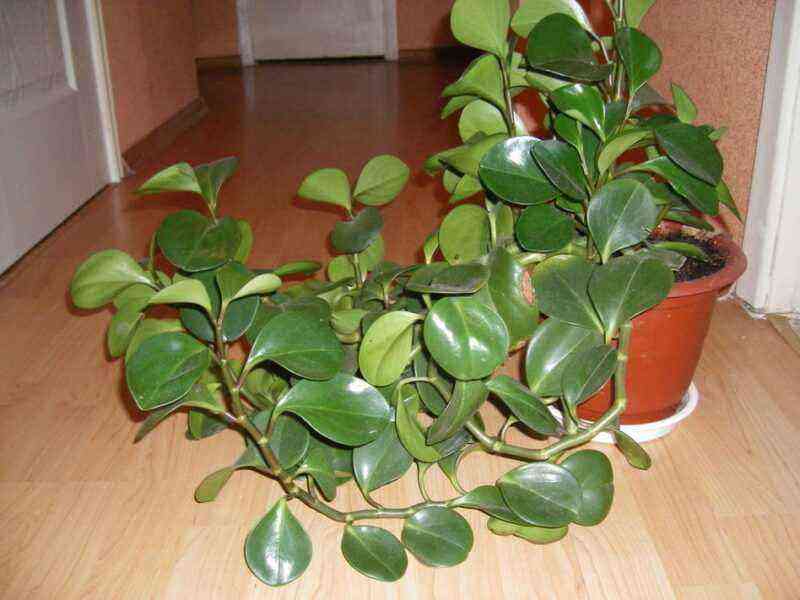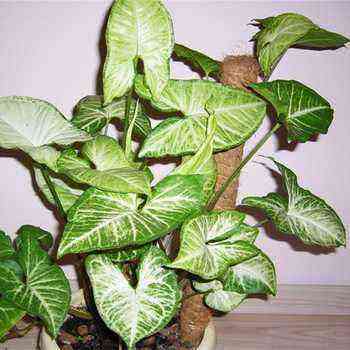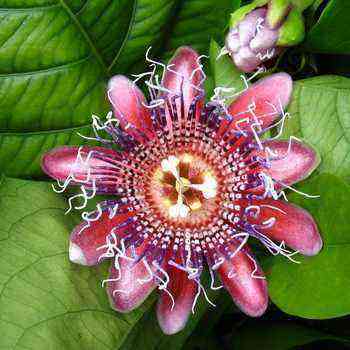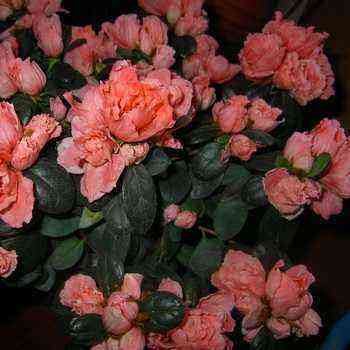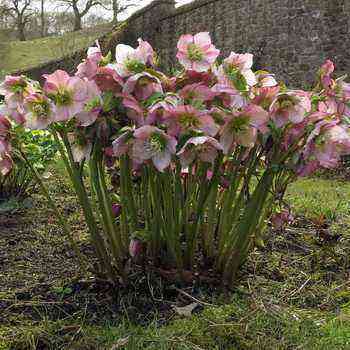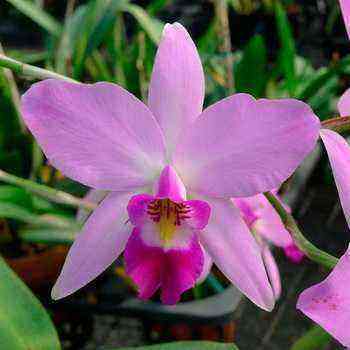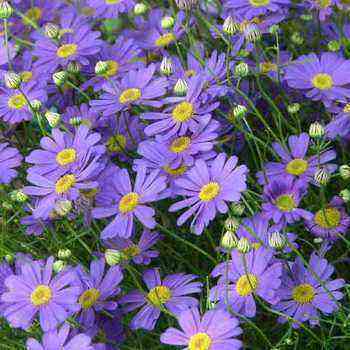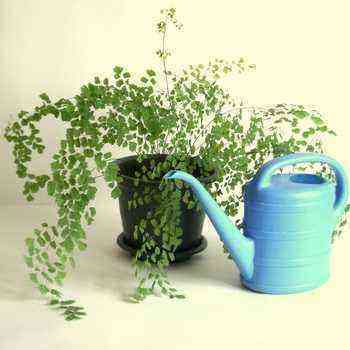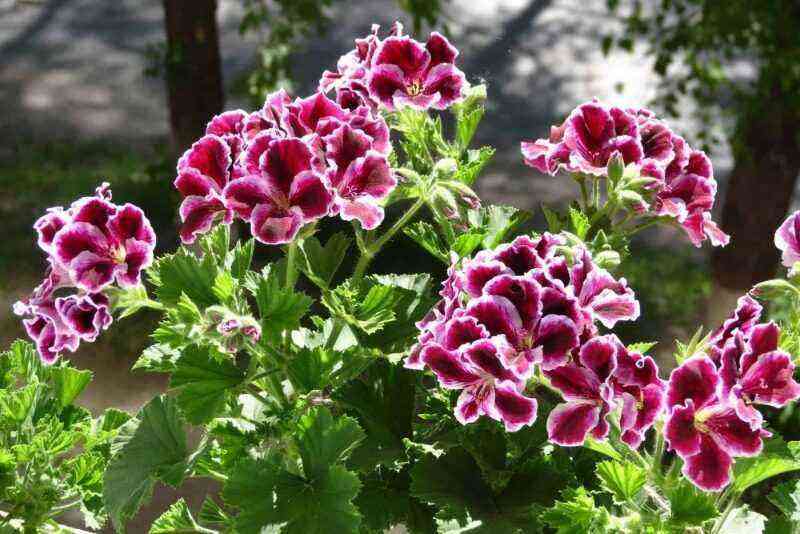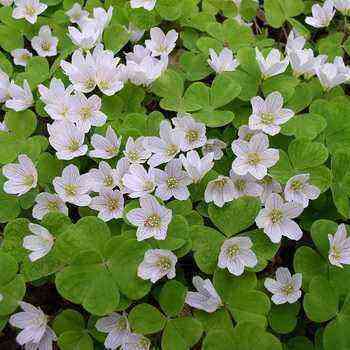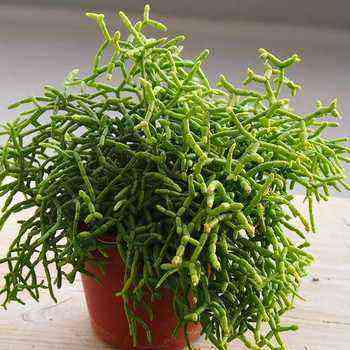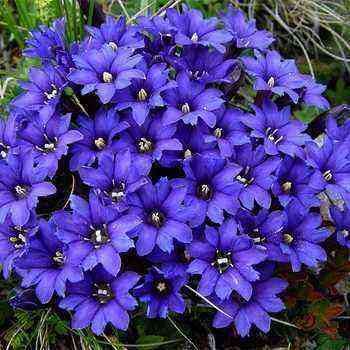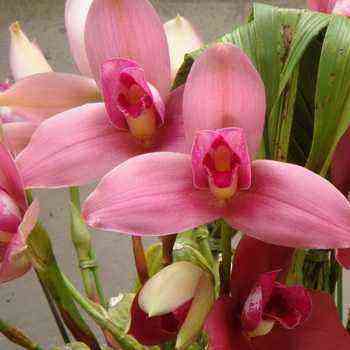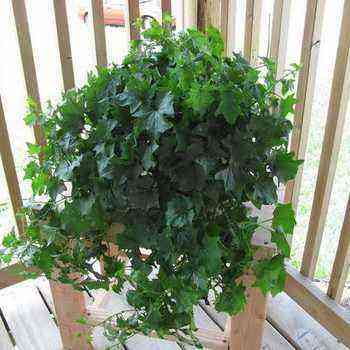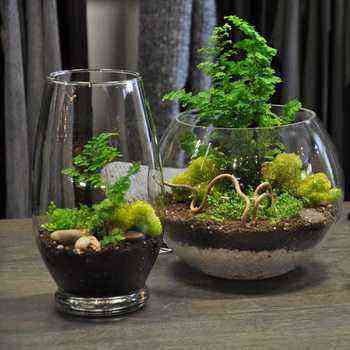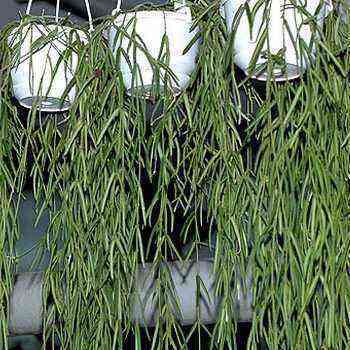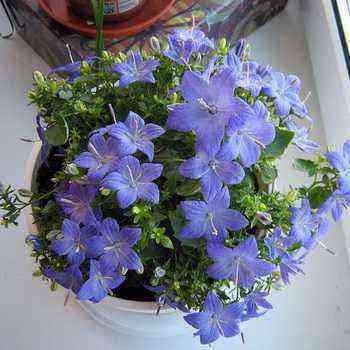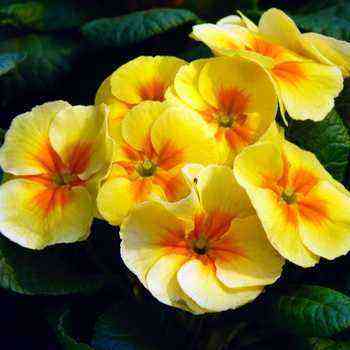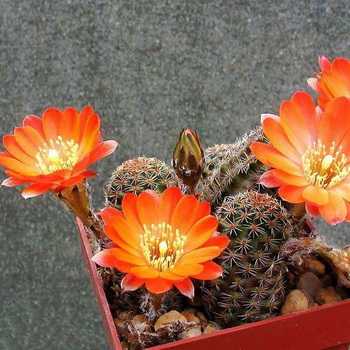
Popular types of rebution
Rebutia is one of the most common decorative cacti in the world. It has many varieties, and breeders are actively creating new hybrids of it. The most popular are:

White-flowered rebutia (R. albiflora).

Rebutia is tiny (R. minuscula).
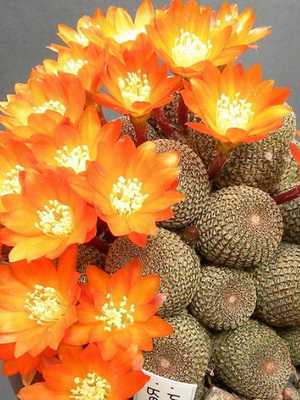
Solar rebutia (R. heliosa).
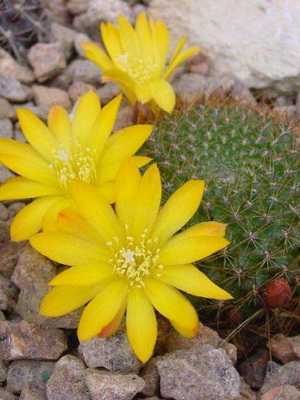
Rebution of Marsonera (R. marsoneri).
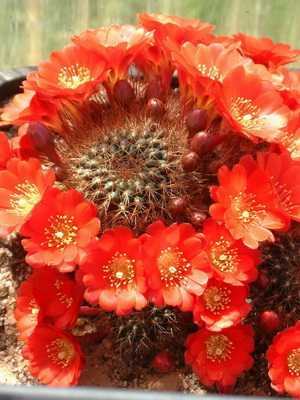
Kupper’s rebution (R. kupperiana).

Rebution of the Muscle (R. muscula).
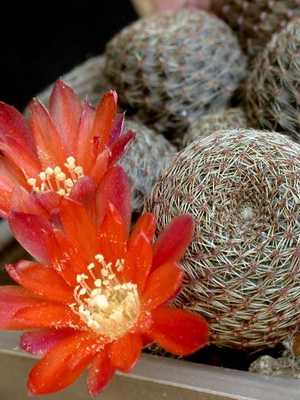
Ritter’s rebution (R. ritterii).
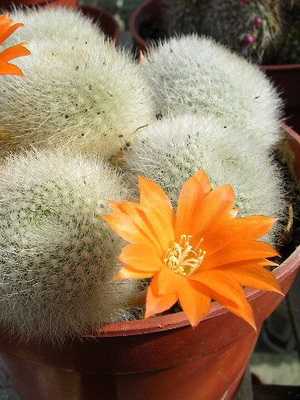
Rebution is beautiful (R. pulchra).
The first type of unpretentious rebution looks unusual: the stem is formed by many small lateral processes that are spherical in shape. The white-flowered succulent is distinguished by abundant flowering: its petals have a delicate creamy shade with light pink tips. The size of the flower is 4 cm, and visually it often exceeds the volume of the stem itself.
The tiny rebutia has a juicy green stem that grows no more than 5 cm in height. On the stem of the cactus, there are proportionally tubercles with short creamy white spines. The flowers are bright red, small: they reach 4 cm in diameter. Take a look at the photo of this type of rebution: it looks minimalist and bright:
Rebution “Solnechnaya” the succulent variety is one of the most popular for indoor cultivation. The height of a small cactus is 8 cm, and its diameter is 2-3 cm. The spines are also small, they grow up to 1 mm in length. The plant got its name due to the peculiarities of cultivation: this species needs a lot of sunlight. Red-orange flowers appear in summer from last year’s halos, so the place of bud development can be seen in advance.
Among indoor flowers, a special place is occupied by the variety Marsonera… She has a spherical stem, on the sides of which buds appear. It is difficult to assess the beauty of this type of rebutia according to the description: in the photo you can see the spiral arrangement of tubercles and spines, as well as a rich “canary” (yellow) shade of flowers, which open at the same time:
Variety of Copper is a small cactus of juicy green color, sometimes with a brown tint. The buds harmonize beautifully with the shade of succulent: the blossoming flowers have an orange-red or “wine” palette.
The muscle rebution also looks original: a photo of this cactus attracts attention with thick and thin white spines on its stem, which resemble fluff from afar:
This feature became the reason for the appearance of the popular name of the variety – rebutia “mouse”. Its flowers are orange in color and slightly elongated. The diameter of a fully opened bud is 6 cm.
Indoor floriculture also often uses the beautiful rebutia and the Ritter variety, named after the biologist who described this species.
To choose one of the species, see a photo of an amazing rebution: unusual and profusely blooming specimens will adorn the collection of any grower:
Proper care of the rebution
It is easy to care for a succulent, so a novice florist can also grow a flower at home. But there are several requirements for environmental conditions. Rebuts need a bright place, protected from the midday sun in summer. Oriental windows are ideal, near which you can place a succulent.
For a cactus, air humidity does not matter, but in the summer heat it is advisable to spray it with settled water at room temperature. At this time, the succulent should be in the shade or under the influence of indirect sunlight. Caring for rebutia at normal home conditions requires proper soil moisture. In the summer, regular watering is necessary, but it should be started only with the appearance of buds. They are guided by the moisture content of the upper soil layer: it should not dry out. In autumn (September – October), watering is gradually reduced. In winter, the soil is not moistened: the exception is young plants that grow no more than 2 years. Once or twice a month, they are watered with a small amount of liquid without salt, and on sunny days from February-March, the substrate is sprayed with soft water.
In winter, the rebution is placed in a cool room where the temperature does not drop below 0 ° C. But at the same time, there should be good natural lighting.
When caring for rebutia in winter, it is worth remembering that too high air temperature during dormant months leads to the appearance of a large number of lateral shoots and deformation of the stem. After that, the flowering of the succulent may not come.
During the growing season, fertilizing is carried out with fertilizers for cacti. The main thing is not to exceed the amount of nutrients. The high nitrogen content in the soil causes the root of the plant to rot.
An integral part of rebution care is transplantation: for a cactus, this procedure is carried out in early spring as needed. But young succulents are transplanted annually. At the same time, the soil should be dry, and the transplanted plant should not be placed in direct sunlight.
The succulent is planted in a special substrate for cacti. It is easy to create it yourself: sand, turf and leafy soil are mixed in equal proportions. The soil should be easily air and liquid permeable.
Rebutia blooms in spring or early summer. After flowering, the plant can be taken out into the air. The cactus will feel good on the terrace or balcony.
Reproduction of rebutia: growing a cactus from seeds
A succulent plant can be propagated by seeds or by “babies” (side shoots). The first method is more laborious: in order to get a young rebutia from seeds, you need to adhere to a number of rules. First, you need to collect seeds from an adult cactus. They are stored in a cool, dry place, and at the beginning of March they are sown in a moist substrate. The soil should be composed of sand, earth and charcoal in a ratio of 1: 1: 0,5. Preliminarily, a drainage from expanded clay is placed at the bottom of the container. The substrate must be steamed to get rid of the larvae of small insects.
The seeds are treated with a weak solution of potassium permanganate, and then sown into the ground at a distance of 2 cm. The container is covered with a film or placed in a greenhouse at a temperature of 17-21˚С, and the sowing is moistened and aired daily.
An important part of growing amazing rebutia from prepared seeds is taking care of the sprouts that have already appeared. They are dived into separate pots, protected from direct sunlight, temperature changes and excess moisture.
It is much easier to propagate the plant with side shoots: rebutia branches well, and it will not be difficult to separate the “kids” from the stem. After that, they are dried for a day and planted in a moistened substrate. This procedure is best done from early spring to mid-autumn.
